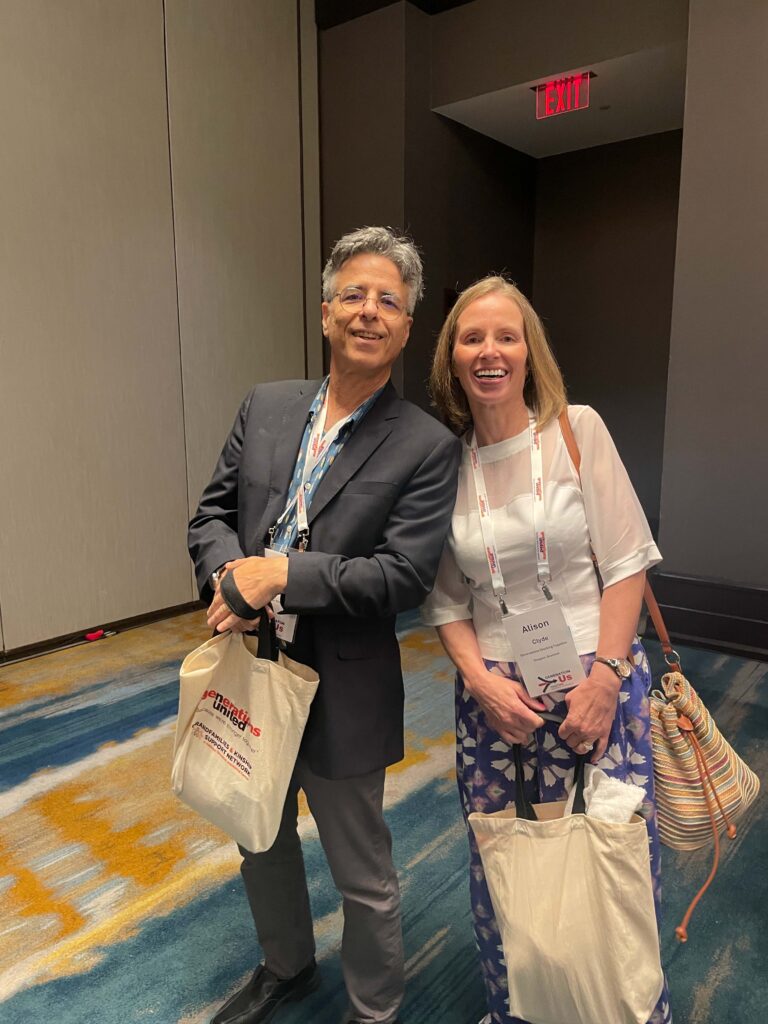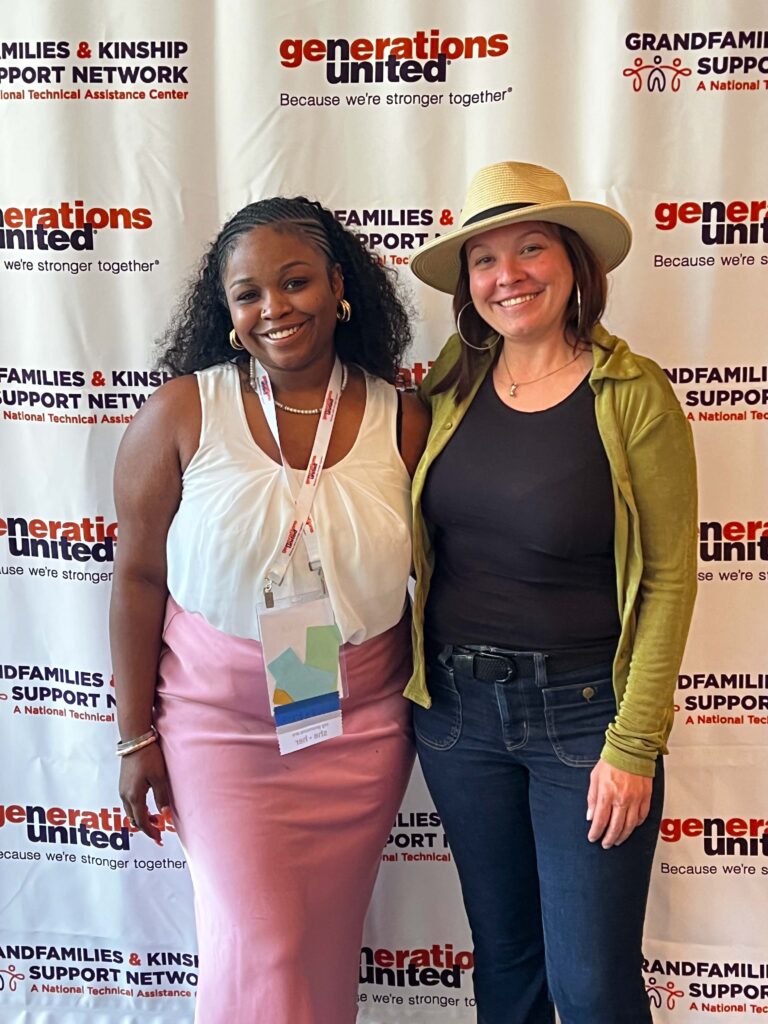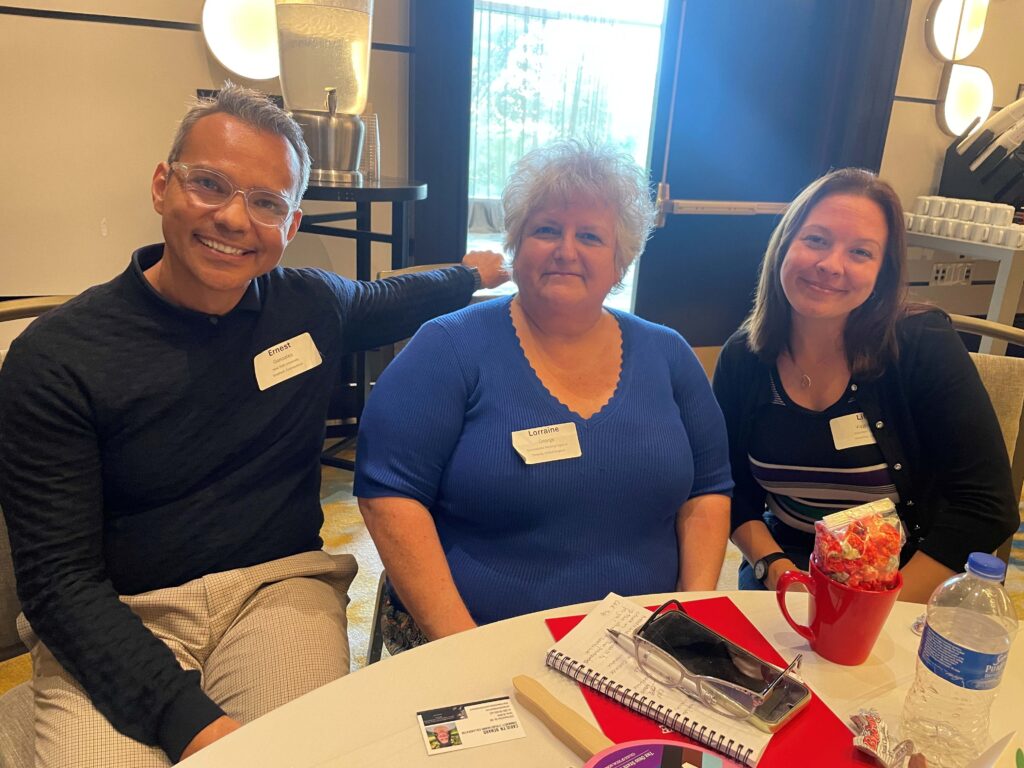
From June 24-27, I joined hundreds of practitioners, researchers, and advocates from around the world at the Generations United International Intergenerational Conference in Louisville, Kentucky. The heat welcomed us just as much as the friendly city. At the conference what struck me most wasn’t just the diversity of innovative programs being shared, but the palpable sense that we’re witnessing the re-emergence of a global movement. This is coming on the heels of the most celebrated Global Intergenerational Week, with a record number of countries participating in April 2025.
A Global Community of Practice
Meeting practitioners from all over the US, Europe, Japan, and beyond reinforced that intergenerational connection isn’t just a nice-to-have social program – it’s becoming recognized as essential infrastructure for healthy communities worldwide.
The conference brought together extraordinary voices – from Generations Working Together in Scotland to the Australian Institute for Intergenerational Practice (AIIP), from Ohio State University’s CIRP center to Penn State’s pioneering PSIP models and materials, and innovative organizations like CoGenerate.
Beyond Programs: Building Movements
One of the most powerful insights came from Penn State’s Matt Kaplan, who challenged us to think beyond “scaling up” and “scaling out” to consider “scaling deep.” This means moving beyond replicating individual programs to fundamentally shifting how we live, work, and build communities with intentional intergenerational connection at the center.
Terry Kaelber from United Neighborhood Houses exemplified this through their “practice change” model – working with organizations to embed intergenerational programming as core practice rather than add-on activities. When programs become organizational DNA rather than special projects, they create lasting change that survives staff transitions and funding fluctuations.
The Power of Story + Data
A session that was valuable and energizing was led by Perfect Pair and Stoop Stories about the mobilizing power of storytelling. While rigorous evaluation and data collection remain crucial, the most compelling funding proposals and community engagement efforts combine quantitative outcomes with authentic narrative.
The Australian AIIP team’s distinction between “nice” and “wise” practice resonated deeply – we need both heart and head, both inspiration and evidence, to build sustainable intergenerational work that transforms communities.
Quality Over Quantity
Generations Working Together’s comprehensive quality indicators offered a roadmap for excellence in this field. Rather than just counting participants, we need to measure intentionality, mutual benefit, accessibility, leadership development, and relationship building that extends beyond program boundaries.
The Japanese perspective added important nuance about moving beyond family-centered approaches to community-based intergenerational programming. This expansion opens possibilities for addressing everything from dementia-friendly communities to knowledge transfer ecosystems.
Looking Forward
I’m energized by the global community working toward the same vision: societies where every person, regardless of age, has opportunities to contribute their gifts and learn from others. The tools, research, and networks shared at this conference provide the foundation for making that vision reality.
The power of storytelling combined with data, the distinction between “nice” and “wise” practices, and the emphasis on quality over quantity were key takeaways. Volunteer Canada is committed to applying these insights by integrating intergenerational programming into our core practices, leveraging both heart and head to build sustainable initiatives, and focusing on intentionality and mutual benefit. We will continue to collaborate with global partners, share our learnings, and advocate for the systemic change needed to create inclusive and resilient communities.
The intergenerational movement is building momentum. The question isn’t whether this approach works – the evidence is clear – the question is how quickly we can scale these insights and create the change our communities need.
So, I want you to reflect – What intergenerational connections have shaped your life? How might your organization, community, or family benefit from more intentional bridge-building across generations?


Matt Kaplan, Penn State and Alison Clyde, Generations Working Together are leaders in the
field of Intergenerational Research and Practice. Thank you for taking the time to share your
valuable perspectives, inspiring the growing
cohort of IG movement makers!
Ilonka Walker from Generations United and Lily.
Thank you to Generations United for your leadership, and congratulations to Donna Butts, Executive Director, as she steps down after approximately 28 years of valuable contributions.

Working through exercises with Ernest Gonzales from New York University (NYU) and Lorraine George from Generations Working Together at the pre-conference workshop on Measurement and Evaluation in Intergenerational Practice, an enriching session led by Shannon Jarrott at Ohio State University (Centre for Intergenerational Practice).
